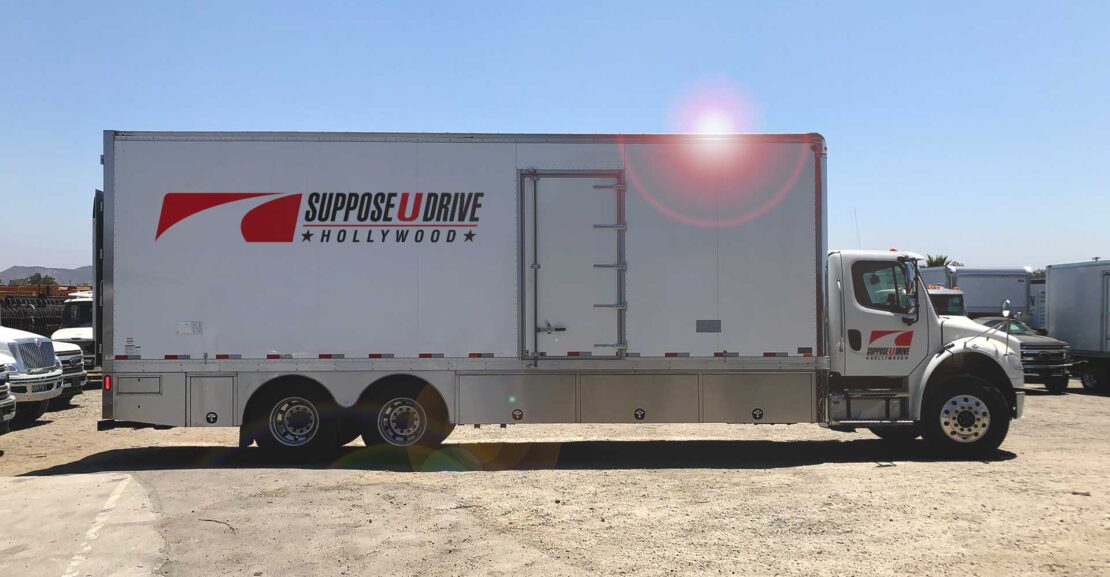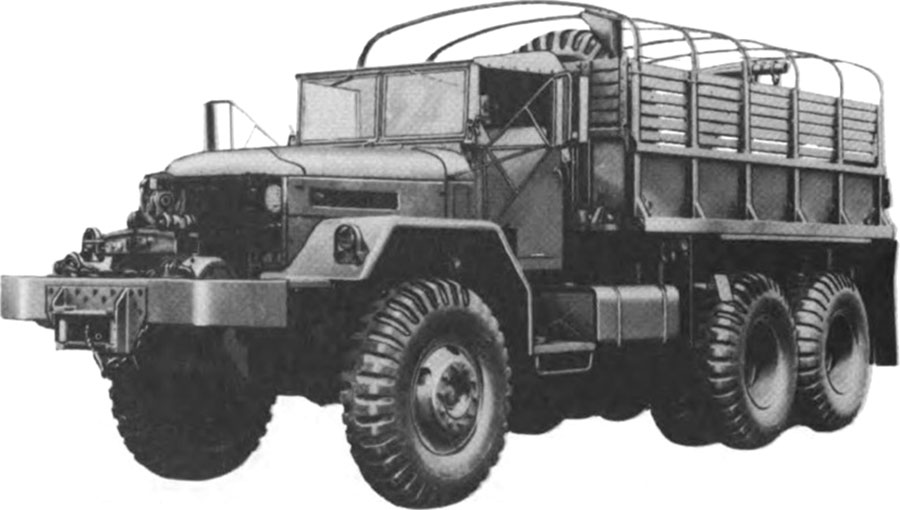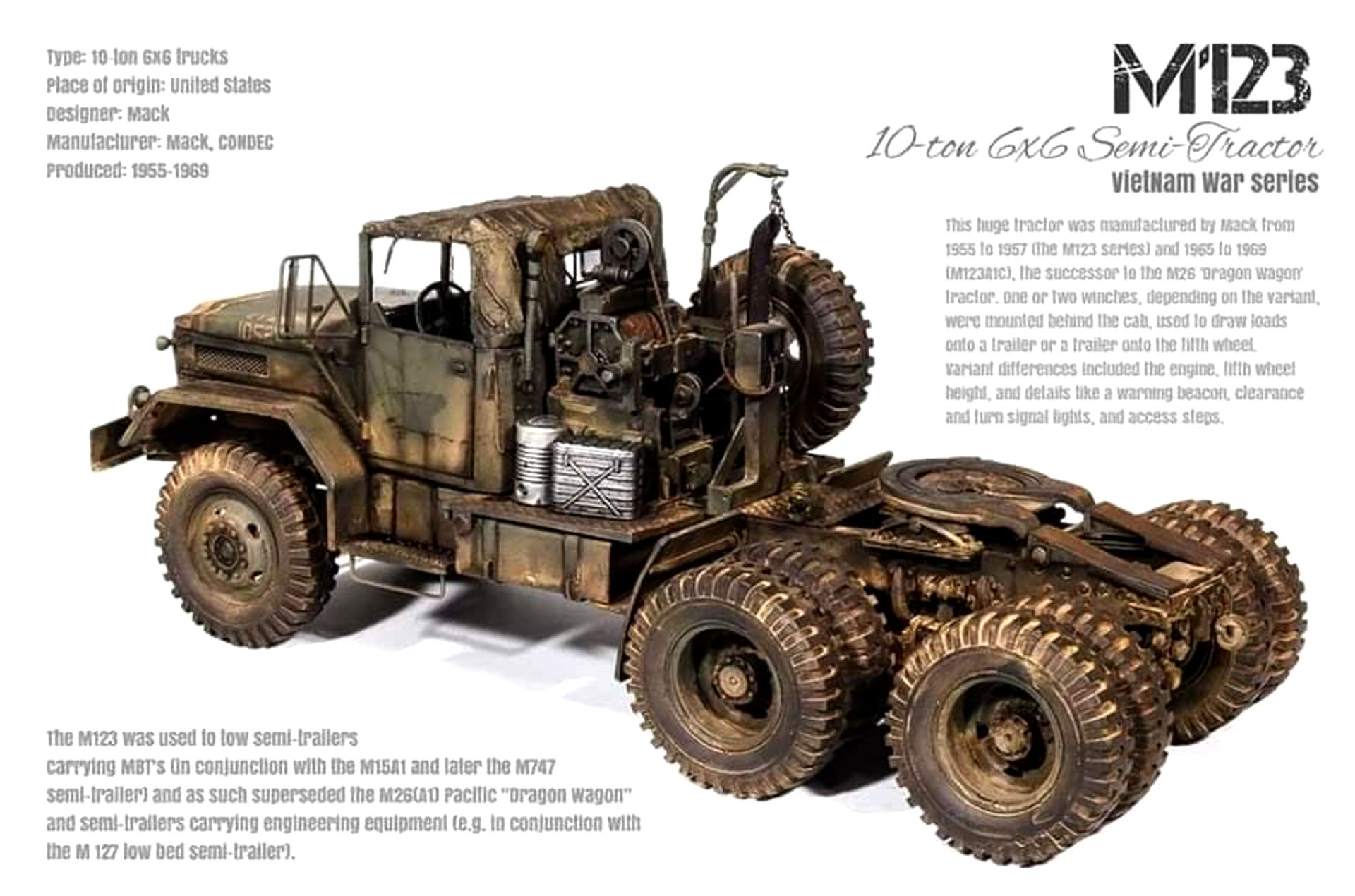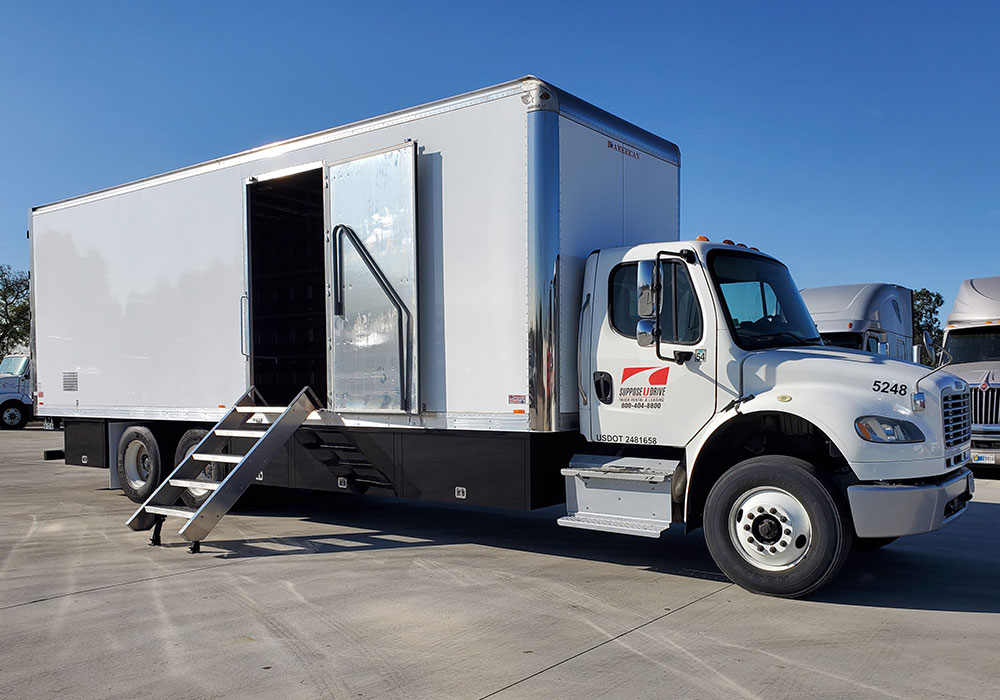10-Ton Trucks: Are They the Perfect Production Vehicle?

The movie industry of today relies on 10-ton trucks when high utility is in demand. However, when you hear the words “Mack Truck,” it’s important to know the history of these trucks and why they’re still in use today.
History of 10-ton Trucks
Trucking companies were not the primary buyer of the 10-ton truck. In fact, these trucks came to fruition in the late 1940s and early 1950s, when the Korean War was still ongoing. Mack, the manufacturer of these vehicles, created what was known as the Mack M123, which is really a 6×6 semi-tractor.
However, the Mack M125 was also introduced.
Production of these vehicles lasted between 1955 and 1969, but they’ve changed modern trucking companies forever.

1949 US Army Demand
In 1949, manufacturers were vying for a chance to win government contracts for a 6×6 tactical truck that weighed 10 tons. Mack’s design concept was chosen and found much of its original influence from the NO, which was popular in the WWII era.
In total, the following trucks were built:
- 392 M123s
- 552 M125s
The M123 was truly designed to be a semi-tractor with an operational range of 300 miles and a max speed of 42 miles per hour. When empty, the vehicle weighed a staggering 32,490 pounds and boasted a five-speed design.
M123s had one main job: to tow tanks.
However, the M125’s primary duty was to tow the massive field artillery pieces that the army needed during the war.
1965 CONDEC Enters the Picture
CONDEC was contracted to continue building the new version of the M123, called the M123A, in 1965. The company produced 3,188 diesel-powered models. Mack was still in the picture at the time and built an additional 420 of these vehicles in 1968.
A year later, Mack was responsible for upgrading 210 models to diesel.

After 1965
The Army began developing their own self-propelled artillery fleet, which added to the military’s mobility. Due to the self-propelled nature of the fleet, the M123A and M125 went out of production in 1969.
However, the 10-ton trucks would live on, with the M123 tractors remaining in use in the 1990s.
In fact, the M123 was so versatile and robust that they were also used by:
- US Marines
- US allies
You’ll even find these vehicles in Spain and Australia because of their ability to traverse rugged terrain and their durable design.
Inside of the Original 10-Ton Trucks
The original 10-ton trucks had:
- LeRoi T‑H844 engine
- 297 horsepower
- 1700 rpm at 72 lb. ft. torque
However, the M123A1, which was built in the 60s, has a Cummins V-8-300 engine, which offered just three more horsepower and less torque than the original models.
The M123s had a high-mounted fifth wheel with dual winches.
An M125 cab offers a staggering payload of 35,000 pounds with top speeds of 43 mph and fuel consumption of about 3 miles per gallon. Thankfully, the M125 cab also boasted a 166-gallon fuel capacity to help haul larger loads over 500 miles.
The combat weight of the vehicles was about 67,500 pounds and would include having two people in the cab and around eight people in the back, primarily artillerymen.
Multiple models were made until the final model, the M123E2, was released, which had two rear winches and a diesel engine.
Remodeling of these vehicles has allowed them to be seen in military shows and parades, too. Many fanatics have remodeled these vehicles, but they’re extremely difficult to restore due to a lack of parts. After all, these trucks had very limited production.

The 10-Ton Truck Used in the Modern Trucking Industry
Today’s truck fleets have numerous vehicles, but the original 10-ton truck doesn’t make it on the list anymore. However, since these trucks are often considered the “perfect” production vehicle, you’ll find them used widely in cinematography.
Why?
These vehicles are made with some of the highest quality in the industry. A few of the main uses of the 10-ton trucks today include:
Studio & Production Trucks
Many of Hollywood’s largest and most prolific studios use 10-ton cab-over trucks that come with a 30-foot box. These trucks have a tremendous amount of towing and hauling capacity, which makes them the perfect choice for a:
- Grip electric truck: A truck that’s specially designed to carry lighting, camera and other film production gear to filming locations. These vehicles are effective, safe and reliable.
- Rigging truck: Another common option seen in the movie industry.
- Prop truck: Prop trucks are designed to carry props to the set. Prop trailers vary in size, depending on the film’s needs, and they come with lift gates to make loading and unloading easier and more efficient.

In the studio, the 10-ton truck offers versatility and reliability that keeps production going night and day. With swelling budgets and growing demand for props, costumes and other equipment, these vehicles are in high demand.
Trucking companies of today have the 10-ton truck, among many others, for innovating the transportation industry. While the original M123 and M125 trucks of the Korean war were designed to traverse rough terrain and go through harsh environments, the production trucks in the movie industry are vastly different.
Instead, production trucks offer heavy hauling capabilities and added safety when transporting costly lighting and camera equipment. To learn more about the 10-Ton Studio 30′, click here.
Period Films
There’s a large audience for military and war-related movies, and if you’re watching a period or military film, you may catch a glimpse of the original M123 or M125 used to make the movie feel authentic. You’ll sometimes spot 10-ton trucks in films helping transport tanks or soldiers. Many of these vehicles are replicas that bring authenticity to films.
There’s More Where This Came From
Are you interested in more truck driving advice from us? If so, please sign up for the Suppose U Drive newsletter today. We promise to never spam you, provide in-depth tips, information and news, and we’ll never overcrowd your inbox.

